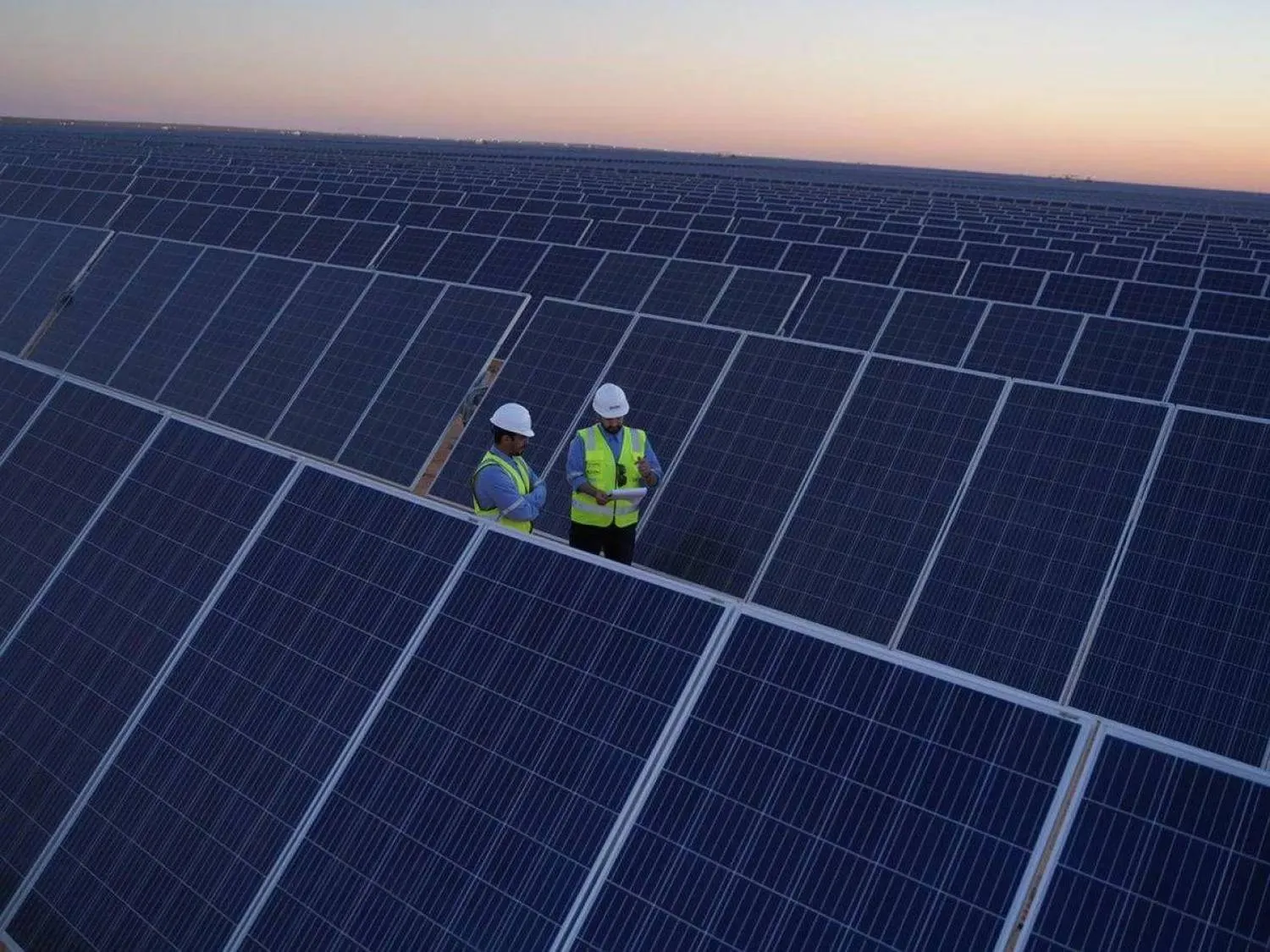Saudi Arabia has made significant strides in increasing employment and modernizing work patterns in recent years. As a result, the Kingdom led the G20 in workforce participation rates from 2016 to 2021, driven by a strong local market.
According to recent data from the General Authority for Statistics (GASTAT), the unemployment rate for Saudis fell to 7.6% in early 2024, down from 7.8% at the end of 2023. This brings it closer to the Vision 2030 goal of 7%.
A new report from the National Labor Observatory showed Saudi Arabia’s workforce participation rose from 55% in 2016 to 61.2% in 2021, the highest increase among G20 countries. Japan followed with a smaller increase of 2.2 percentage points.
The report noted that female workforce growth in Saudi Arabia was 5.5%, significantly higher than Australia’s 2.1% and other G20 nations. Male workforce growth was 1.7%, ahead of Australia’s 1.5% and other G20 countries.
Saudi Arabia’s workforce is growing due to several factors: initiatives promoting female participation, a large young population, and strong economic growth.
For people aged 25 and older, Saudi Arabia’s workforce participation rate is 70%, second only to Indonesia’s 72%.
The report also showed Saudi Arabia has the second-highest male workforce participation rate in the G20, following Indonesia.
Moreover, Saudi Arabia is one of the top ten G20 countries for employment, with a rate of 57%. The Kingdom has also achieved the highest increase in female employment, rising by 10% from 2016 to 2021. Male employment remains high at 76%.
The National Labor Observatory credits this growth to targeted strategies for developing skills, aligning education with job market needs, and supporting job creation and localization.
Additional factors include preparing workers for technological changes, promoting modern work options, like remote and flexible jobs, and improving support programs, such as income assistance and social protection.
Experts told Asharq Al-Awsat that new policies and programs have significantly improved the Saudi labor market, increasing opportunities for both citizens and residents.
Badr Al-Anzi, a board member of the Saudi Human Resources Society, told Asharq Al-Awsat that new work options like remote and flexible jobs have helped many people join the workforce.
Recent government regulations, including new rules for flexible work, are expected to further increase employment and support the Kingdom’s future goals.
Al-Anzi noted that the latest changes in flexible work regulations are part of ongoing efforts by the Ministry of Human Resources and Social Development to review rules, support businesses, protect workers, and make the job market more flexible and appealing.
He added that the government’s focus on creating more job opportunities and providing additional work options has led to higher workforce participation, helping Saudi Arabia top the G20 in employment rates from 2016 to 2021.
Majd Al-Mohamade, former vice president of the national labor committee, told Asharq Al-Awsat that Saudi Arabia leads the G20 in workforce participation, and that this success is attributed to its attractive job market and modern work patterns, which draw in more talent.
Al-Mohamade also noted that the arrival of foreign companies and their establishment of regional headquarters in Saudi Arabia has created new job opportunities and attracted skilled workers.
He praised initiatives from the Human Resources Development Fund that encourage the private sector to hire local talent.
He added that ongoing efforts by the Ministry of Human Resources and Social Development to localize various professions are boosting job availability and helping lower the unemployment rate.
Job growth in the tourism sector and increased employment for women are major factors contributing to the overall decrease in unemployment rates, including a significant drop in female unemployment, he remarked.









